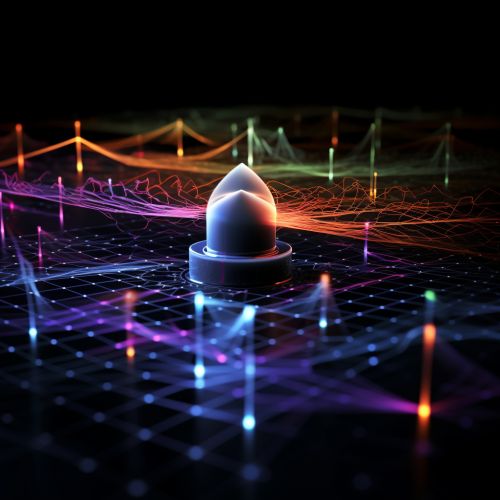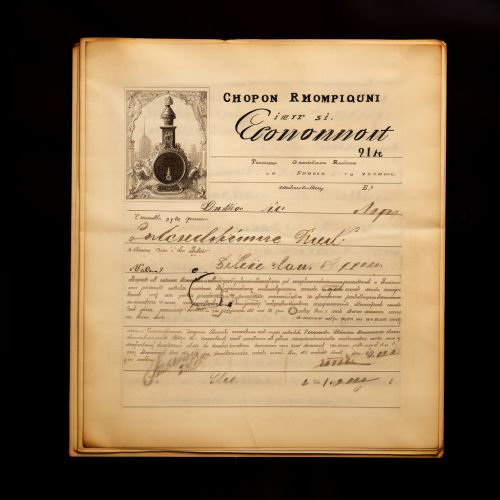Compton Scattering
Introduction
Compton scattering, named after American physicist Arthur H. Compton, is a phenomenon in quantum mechanics where X-ray or gamma-ray photons are scattered by electrons1. This scattering results in a decrease in energy (increase in wavelength) of the photon, which is called the Compton effect. The amount of energy lost by the photon is directly related to the scattering angle of the photon.


Theoretical Background
Compton scattering is a consequence of the particle-like properties of light, and it can be understood using the principles of conservation of energy and conservation of momentum. The Compton effect can be explained by considering a photon and an electron as two particles colliding, similar to a billiard ball collision2.
Quantum Description
In the quantum mechanical description, the incident photon is absorbed by the electron, and a new photon is emitted with a different energy and direction. The energy difference between the incident and scattered photon is transferred to the electron. This process is described by the Compton wavelength shift formula, which gives the change in wavelength of the scattered photon as a function of the scattering angle3.


Classical Description
In the classical wave description, the electromagnetic wave of the incident photon causes the electron to oscillate. The oscillating electron then re-emits radiation in all directions. However, this classical description does not explain the wavelength shift observed in the Compton effect4.
Experimental Evidence
The Compton effect was first observed by Arthur H. Compton in 1923. Compton performed experiments using X-rays and observed that the scattered X-rays had a longer wavelength than the incident X-rays. This observation was in direct contradiction with the classical wave theory of light, which predicted no change in wavelength. Compton's experimental results provided strong evidence for the particle nature of light, and it played a crucial role in the development of quantum mechanics5.


Applications
Compton scattering has a wide range of applications in various fields of science and technology. In medical imaging, Compton scattering is used in X-ray and gamma-ray imaging techniques. In astrophysics, Compton scattering is used to study cosmic microwave background radiation. In material science, Compton scattering is used to probe the electron density of materials6.
See Also
References
- ^ Compton, A.H. (1923). "A Quantum Theory of the Scattering of X-rays by Light Elements". Physical Review. 21 (5): 483–502. doi:10.1103/PhysRev.21.483.
- ^ Klein, O. (1929). "Die Reflexion von Elektronen an einem Potentialsprung nach der relativistischen Dynamik von Dirac". Zeitschrift für Physik. 53 (3–4): 157–165. doi:10.1007/BF01339769.
- ^ Compton, A.H. (1923). "The Spectrum and the Intensity of Scattered X-Rays". Physical Review. 22 (5): 409–413. doi:10.1103/PhysRev.22.409.
- ^ Heitler, W. (1954). The Quantum Theory of Radiation (3rd ed.). Oxford: Clarendon Press. pp. 413–417.
- ^ Compton, A.H. (1923). "The Scattering of X-Rays as Particles". American Journal of Physics. 34 (10): 922–933. doi:10.1119/1.1972724.
- ^ Eisenberger, P.; Platzman, P.M. (1970). "Compton Scattering of X-Rays from Bound Electrons". Physical Review A. 2 (4): 415–423. doi:10.1103/PhysRevA.2.415.
